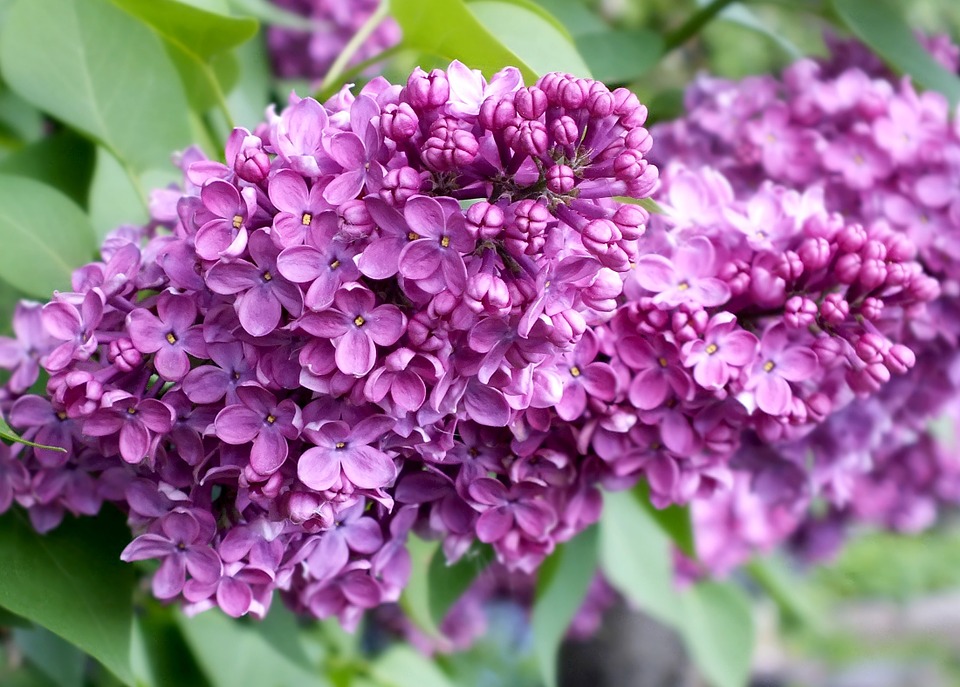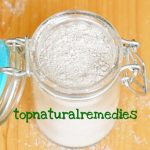Best Lilac Natural Remedies – Infusion, Tincture, and Wine
Syringa Vulgaris, or commonly known as lilac, is a very special plant that impresses not only through its irresistible perfume but also through its therapeutic properties. When you turn it into medicine, you can use the flowers, leaves, as well as the root’s bark.

Contents
Lilac – The Home Therapist
Lilac flowers must be harvested when they are ¾ opened. Afterwards, let them dry in a well-ventilated place (like a balcony), turning them over every day so that they can dry evenly. The bark, on the other hand, will be cut with the knife along the branches, before the flowers bloom. It is afterwards kept in paper bags or cloth bags. Remember to grind it every time before you use it.
Used as a remedy, lilac has various therapeutic effects, some of them including:
- Relieving toothaches
- Helping your heart get stronger
- Preventing any bloating
- Aiding diabetics
- Helping with rheumatism
- Cleaning your skin
- Treating burns of any degree
A pregnant or lactating woman should be careful when consuming these treatments. The same thing goes for old people.
Get Healthy in Your Own Home
Here are a few lilac-based recipes which you can make in the comfort of your own home:
- Lilac Infusion
This can be prepared by using both the flowers and the leaves. Just add 2 teaspoons of dried lilac leaves or flowers to 1 cup of boiling water. Let it infuse for about 2 hours, then strain it and it is ready to drink. The tea can be sweetened with honey.
- Lilac Decoction
Usually, it’s the root and the bark that are used for decoctions. Add 4 teaspoons of ground lilac root or bark to a pot with 500 ml of water. Let it boil on a low flame for half an hour, then add more water to make up for the part lost after boiling. Strain it with some gauze and then sweeten it with some honey.
- Lilac Tincture
You can use either lilac leaves or bark, dried and finely chopped. Add about 20 g of the plant in a jar or a glass bottle over which you pour 100 ml of alcohol. Close it with a lid and let it macerate for about 10 days. You will also need to shake it 3 or 4 times every day. Once this process is done, the tincture is strained and left for 6 more days in the fridge to decant. You filter it once more and add it in small bottles. It can be used for two years.
- Lilac Wine
Add 3 tablespoons of lilac bark or dried leaves in a glass bottle or a jar. Over it, you pour 1 L of red wine and let it macerate for 10 days, shaking it 3 times a day. The wine will be strained and left to clear for 6 more days in the fridge, afterwards adding more wine until you reach 1 L again. You may add it in small bottles which can be kept up to a year in the fridge.
Used correctly, lilac can be a medicinal wonder and everyone should have it in their kitchen.




Amazing